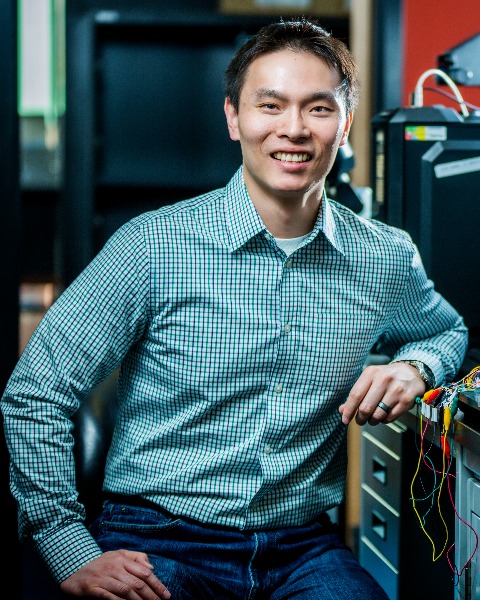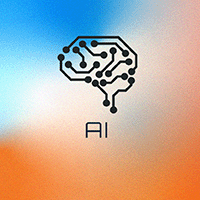Screening Applications & Diagnostics
Data Science and AI Parallel Path
AI, Machine learning and Big data on the rise for Screening and Diagnostics
Machine learning and digital microfluidics - a new route for high-throughput studies
Wednesday, May 29, 2024
12:30 - 13:00 CEST
Room/Location: 111

Steve Shih, PhD (he/him/his)
Associate Professor
Concordia University
Montreal, Quebec, Canada
Abstract: Automation and individual addressability offered by digital microfluidics (DMF) have made this liquid-handling platform a promising technology for many biological and chemical applications. However, in the current state of DMF, we are still limited by the number of biological or chemical assays that can be performed on DMF. Here, we report a new method that combines an experimental technique which we call “one-factor-at-a-time” (OFAT) with machine learning algorithms to sample the full experimental space and to predict the optimal output. We apply our approach towards optimizing radiochemistry synthesis yield given the large number of variables that affect the synthesis yield. We believe this work is the first to combine such techniques which can be readily applied to any other assays that contain many parameters and levels on DMF.

